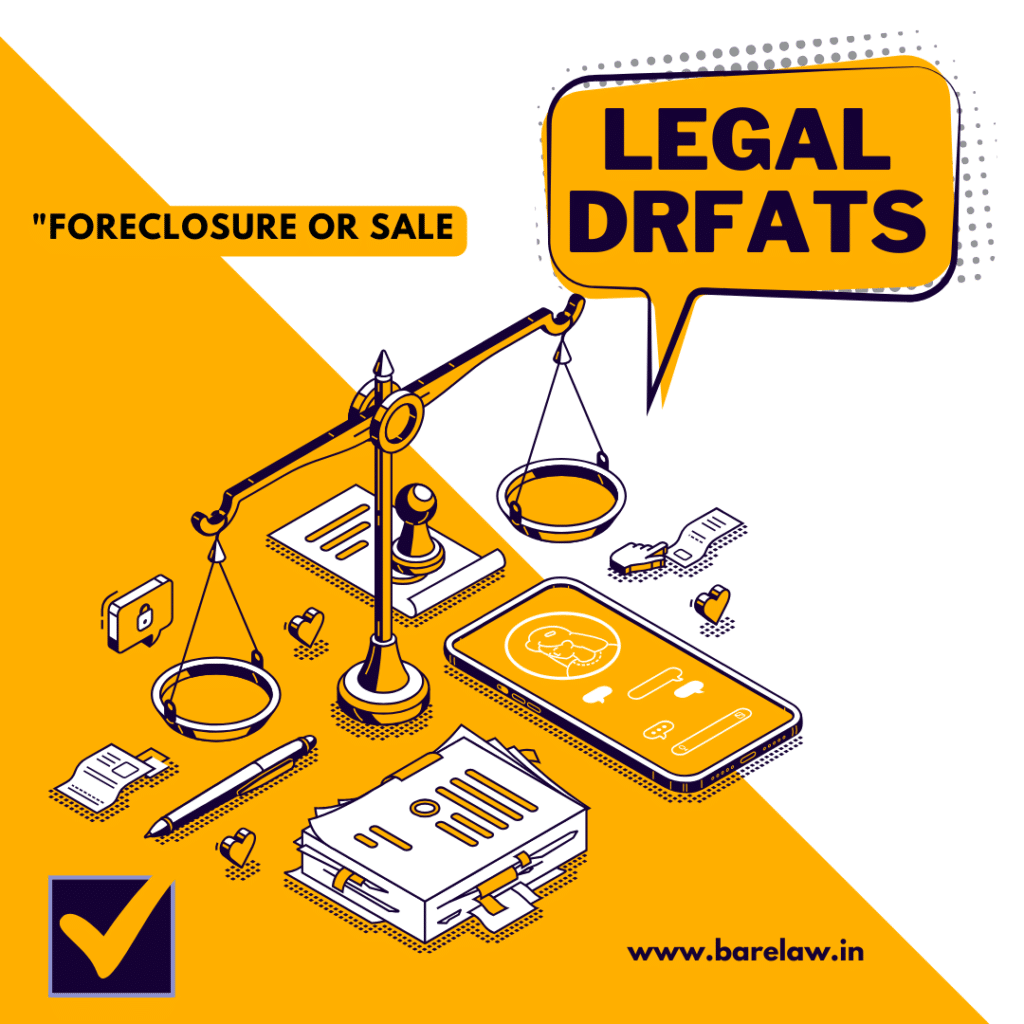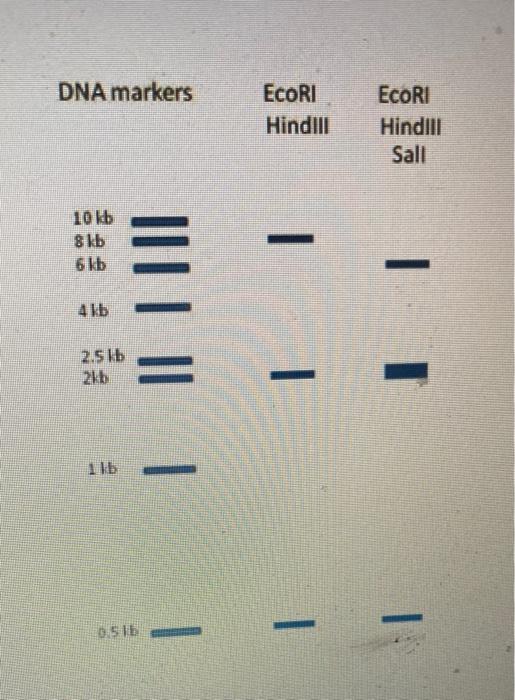Voluntary Foreclosure
Voluntary Foreclosure - Voluntary foreclosure is a proactive measure taken by borrowers who find themselves unable to meet mortgage obligations. This decision is known as a strategic default, which is also sometimes called voluntary foreclosure or walking. They do this because they’re unable or unwilling to make. Voluntary foreclosure is a legal process in which a homeowner willingly surrenders their property. A homeowner, not a lender, starts the voluntary foreclosure process. A traditional foreclosure begins when a bank or mortgage company decides to foreclose on a property.
A traditional foreclosure begins when a bank or mortgage company decides to foreclose on a property. Voluntary foreclosure is a legal process in which a homeowner willingly surrenders their property. A homeowner, not a lender, starts the voluntary foreclosure process. Voluntary foreclosure is a proactive measure taken by borrowers who find themselves unable to meet mortgage obligations. This decision is known as a strategic default, which is also sometimes called voluntary foreclosure or walking. They do this because they’re unable or unwilling to make.
A traditional foreclosure begins when a bank or mortgage company decides to foreclose on a property. They do this because they’re unable or unwilling to make. This decision is known as a strategic default, which is also sometimes called voluntary foreclosure or walking. A homeowner, not a lender, starts the voluntary foreclosure process. Voluntary foreclosure is a legal process in which a homeowner willingly surrenders their property. Voluntary foreclosure is a proactive measure taken by borrowers who find themselves unable to meet mortgage obligations.
FORECLOSURE OR SALE BareLaw
A homeowner, not a lender, starts the voluntary foreclosure process. This decision is known as a strategic default, which is also sometimes called voluntary foreclosure or walking. Voluntary foreclosure is a proactive measure taken by borrowers who find themselves unable to meet mortgage obligations. They do this because they’re unable or unwilling to make. Voluntary foreclosure is a legal process.
Voluntary Foreclosure Overview, Effects, Pros and Cons
A traditional foreclosure begins when a bank or mortgage company decides to foreclose on a property. This decision is known as a strategic default, which is also sometimes called voluntary foreclosure or walking. Voluntary foreclosure is a proactive measure taken by borrowers who find themselves unable to meet mortgage obligations. They do this because they’re unable or unwilling to make..
Pike County Community Action Stop Foreclosure Fast Best Foreclosure
This decision is known as a strategic default, which is also sometimes called voluntary foreclosure or walking. Voluntary foreclosure is a proactive measure taken by borrowers who find themselves unable to meet mortgage obligations. A homeowner, not a lender, starts the voluntary foreclosure process. They do this because they’re unable or unwilling to make. Voluntary foreclosure is a legal process.
Foreclosure properties, accepted offer!! My two foreclosure listings in
A homeowner, not a lender, starts the voluntary foreclosure process. A traditional foreclosure begins when a bank or mortgage company decides to foreclose on a property. Voluntary foreclosure is a legal process in which a homeowner willingly surrenders their property. This decision is known as a strategic default, which is also sometimes called voluntary foreclosure or walking. They do this.
💥 A deed in lieu of foreclosure is a voluntary transfer of property
A traditional foreclosure begins when a bank or mortgage company decides to foreclose on a property. This decision is known as a strategic default, which is also sometimes called voluntary foreclosure or walking. Voluntary foreclosure is a legal process in which a homeowner willingly surrenders their property. A homeowner, not a lender, starts the voluntary foreclosure process. Voluntary foreclosure is.
(Get Answer) A voluntary foreclosure is known as Q100; DNA markers
They do this because they’re unable or unwilling to make. This decision is known as a strategic default, which is also sometimes called voluntary foreclosure or walking. A traditional foreclosure begins when a bank or mortgage company decides to foreclose on a property. Voluntary foreclosure is a proactive measure taken by borrowers who find themselves unable to meet mortgage obligations..
What Is Voluntary Foreclosure? Experian
They do this because they’re unable or unwilling to make. A homeowner, not a lender, starts the voluntary foreclosure process. This decision is known as a strategic default, which is also sometimes called voluntary foreclosure or walking. A traditional foreclosure begins when a bank or mortgage company decides to foreclose on a property. Voluntary foreclosure is a legal process in.
Voluntary Disclosures Saving Point
This decision is known as a strategic default, which is also sometimes called voluntary foreclosure or walking. Voluntary foreclosure is a legal process in which a homeowner willingly surrenders their property. A homeowner, not a lender, starts the voluntary foreclosure process. A traditional foreclosure begins when a bank or mortgage company decides to foreclose on a property. Voluntary foreclosure is.
National Mortgage News on LinkedIn VA extends its voluntary
Voluntary foreclosure is a legal process in which a homeowner willingly surrenders their property. A traditional foreclosure begins when a bank or mortgage company decides to foreclose on a property. This decision is known as a strategic default, which is also sometimes called voluntary foreclosure or walking. A homeowner, not a lender, starts the voluntary foreclosure process. They do this.
Voluntary Foreclosure Meaning, Pros and Cons, Example
They do this because they’re unable or unwilling to make. Voluntary foreclosure is a legal process in which a homeowner willingly surrenders their property. Voluntary foreclosure is a proactive measure taken by borrowers who find themselves unable to meet mortgage obligations. A traditional foreclosure begins when a bank or mortgage company decides to foreclose on a property. This decision is.
This Decision Is Known As A Strategic Default, Which Is Also Sometimes Called Voluntary Foreclosure Or Walking.
A homeowner, not a lender, starts the voluntary foreclosure process. A traditional foreclosure begins when a bank or mortgage company decides to foreclose on a property. They do this because they’re unable or unwilling to make. Voluntary foreclosure is a legal process in which a homeowner willingly surrenders their property.









